Grace. Gratitude. Joy.
That stencil on Sherri Kanten’s dining room wall sums up her attitude about life.
The 66-year-old Hudsonville resident’s heart is failing.
She doesn’t let this slow her down, however. She enjoys lunch and shopping with friends. She is part of a bell choir in her church. She drives her adult, special-needs kids to and from their jobs.
And she smiles. Often.
Last June, she and her husband, Richard, celebrated their 45th wedding anniversary with a cruise to Venice and the Greek islands. It was their third cruise of 2019.
None of this would be possible without her left ventricular assist device (LVAD), a mechanical pump that was implanted in November 2017.
“I feel better than I’ve probably felt in four or five years,” Sherri said. “It’s amazing.”
A slow decline
About 25 years ago, Sherri defeated breast cancer. A couple of years later, cancer metastasized in her rib.
While chemotherapy and radiation saved her life, it also led to heart failure.
Since this diagnosis in 2000, her heart stopped beating several times, including once in her backyard pool where she nearly drowned. Her then 9-year-old son called 911 to save her life.
Doctors implanted a defibrillator in 2001, which she said has saved her life five times.
To stay heart-healthy, Sherri resigned from her high-stress job as a cardiac nurse, and turned her knitting hobby into a business by opening a yarn shop with her sister.
But over time, heart failure took more and more of a toll.
By 2017, even a trip to the grocery store proved to be too much, exhausting her dwindling supply of energy.
When her medications couldn’t keep her going, she sought help from the Advanced Heart Failure Clinic at the Spectrum Health Fred and Lena Meijer Heart Center. She learned she was in end-stage heart failure.
“To say I was scared was probably an understatement,” Sherri said.
It was there that she met Sangjin Lee, MD, MSC, an advanced heart failure cardiologist, who suggested the LVAD.
In layman’s terms, LVADs are essentially mechanical devices that assist the heart in pumping blood throughout the body. LVADs may be used to improve a person’s medical condition until a heart becomes available for transplantation or for long-term, indefinite therapy.
Many people live with LVADs for years and years, enjoying life once again.
Richard and Sherri didn’t need an explanation. Until his retirement in late 2019, Richard worked as a cardiac perfusionist at Spectrum Health Meijer Heart Center, helping LVAD patients every day.
Sherri spent seven weeks in intensive care as she recovered function once the LVAD started to work. She had to relearn how to walk and how to swallow.
After she recovered from her LVAD surgery, in May 2018, she was activated on the heart transplant list. Initially she spent most of her time sticking close to home, waiting for the call she knows might never come, as precious few donated hearts are suitable for women with small frames.
Then Richard suggested a road trip to visit a daughter in Florida. Next the couple took the first of three cruises. And they traveled to Quebec and Nova Scotia, where she logged more than 15,000 steps a day.
As she traveled, she sent photos to the advanced heart failure team that saved her life.
“It is a joy for us, as her providers,” Dr. Lee said. “That is the reason we do what we do—to bring patients back the quality of life they were missing … it’s fantastic.”
‘Don’t let it slow you down’
The LVAD has been liberating for Sherri.
But it also includes some limitations. The LVAD has a controller and external, rechargeable batteries, which Sherri carries in a purse slung over her shoulder all of her waking hours. She takes her spare battery pack, which she nicknamed Agnes, wherever she goes.
She can’t get the device wet. That means no swimming or kayaking. Some LVAD patients can shower using a special shower kit.
And she can’t vacuum, a limitation that puts a smile on her face. She gladly delegated that job to someone else.
Plus, she takes “a boatload of pills” and understands the various alarms that can be frightening.
“If I stop and think long enough, I could wig myself out,” she said.
Her advice to others with an LVAD?
“Don’t let it slow you down. You are here, and this is a gift.”
For Sherri, the LVAD is also a call to evaluate her life and look for more ways to give back.
It’s also given her a new perspective.
“I’m so thankful for my church, my family and my friends. I don’t sweat the small stuff anymore,” she said. “I’m perfectly content.”
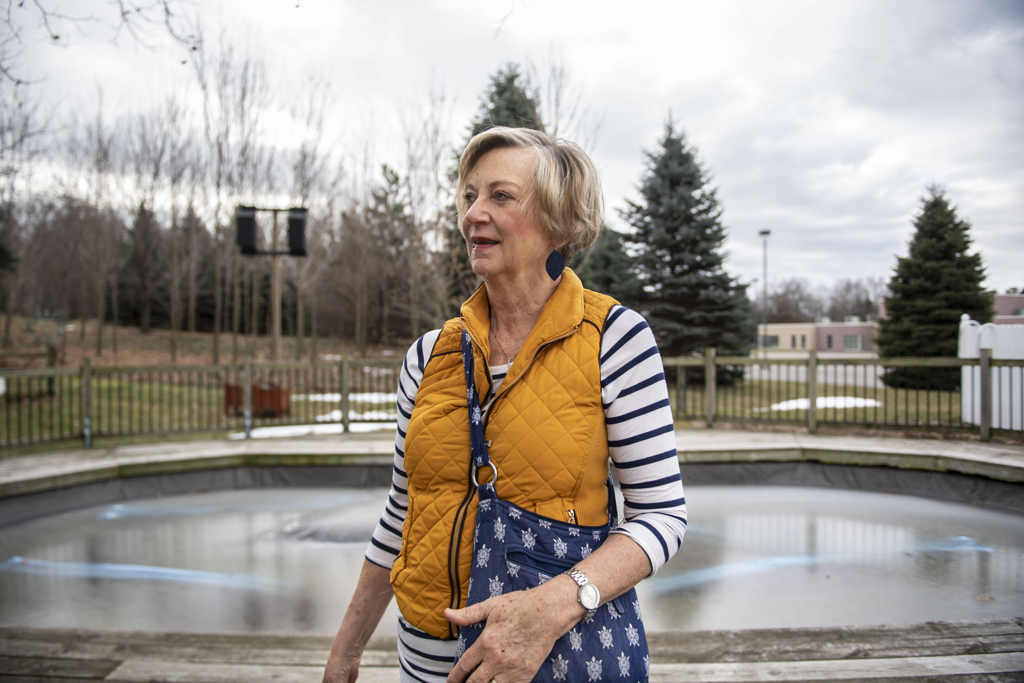
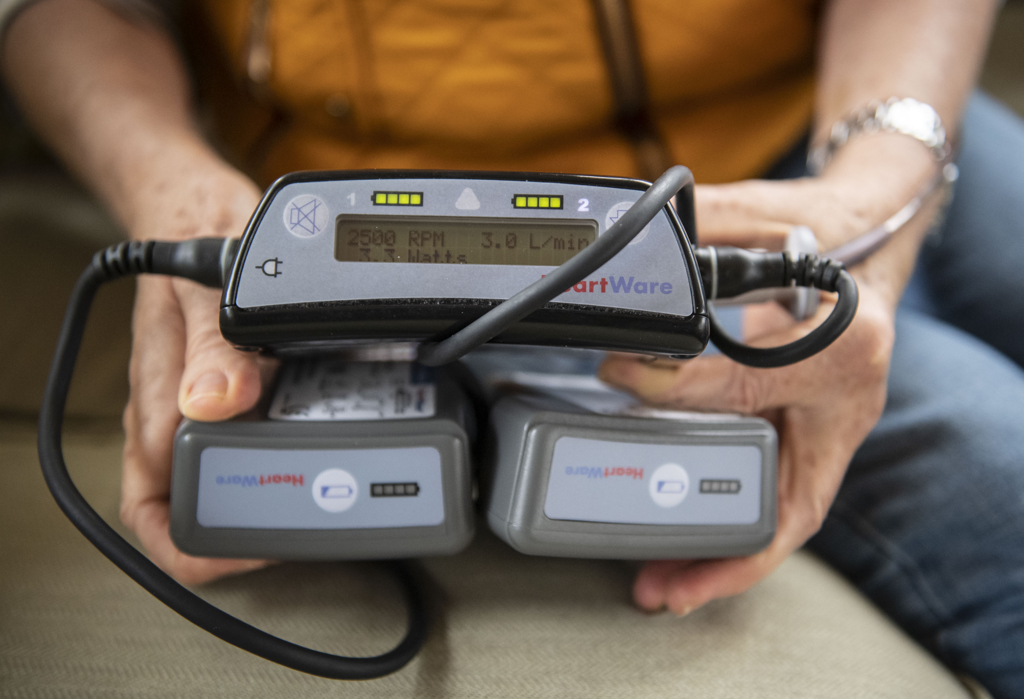
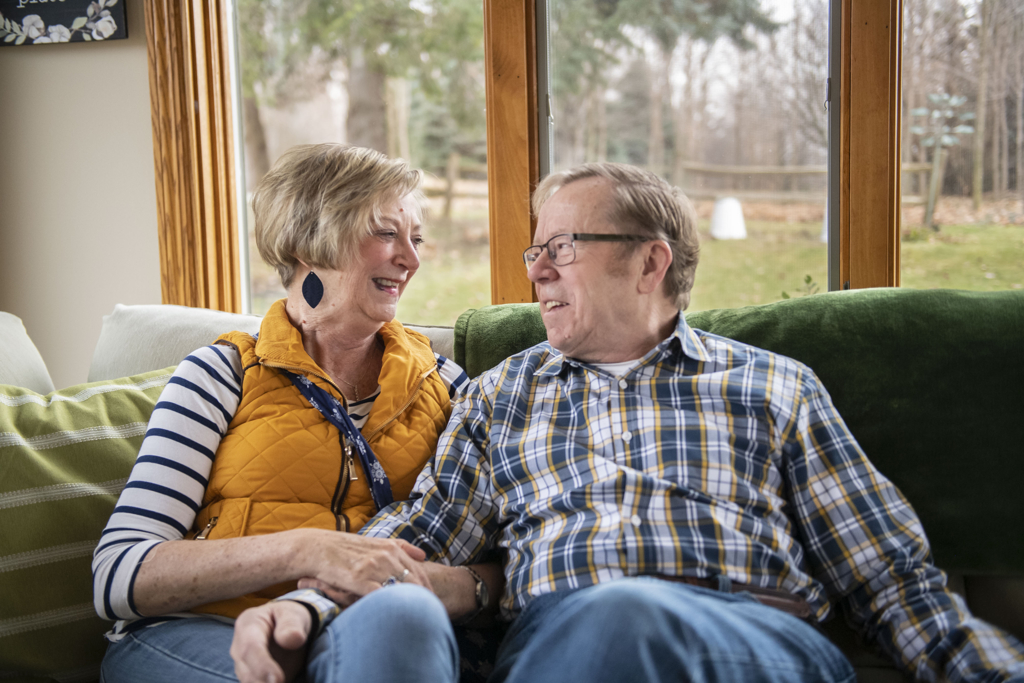



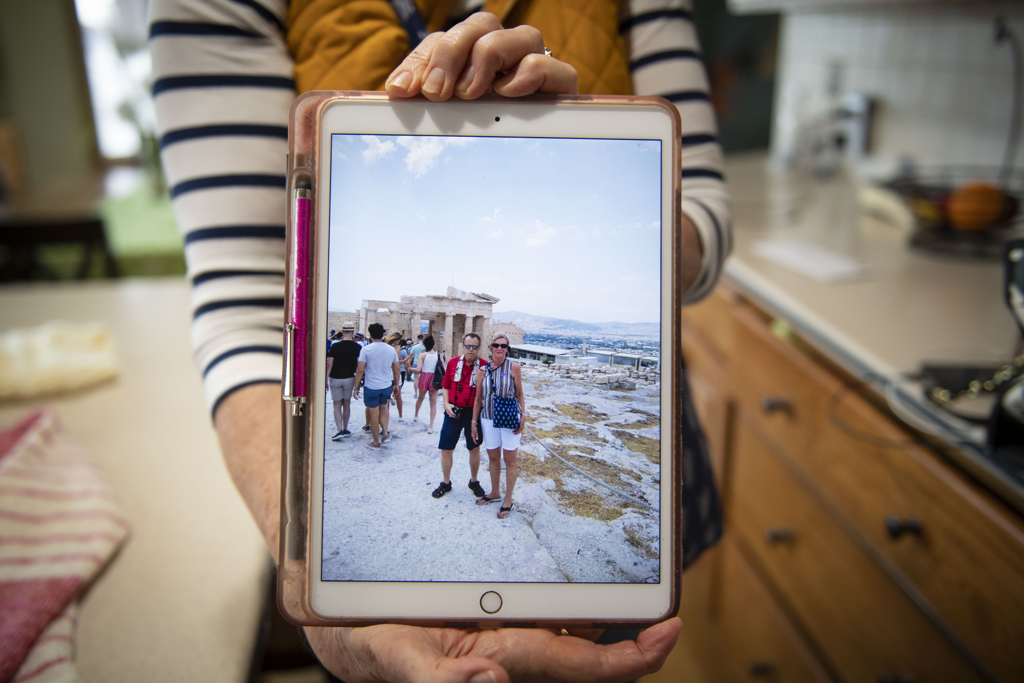
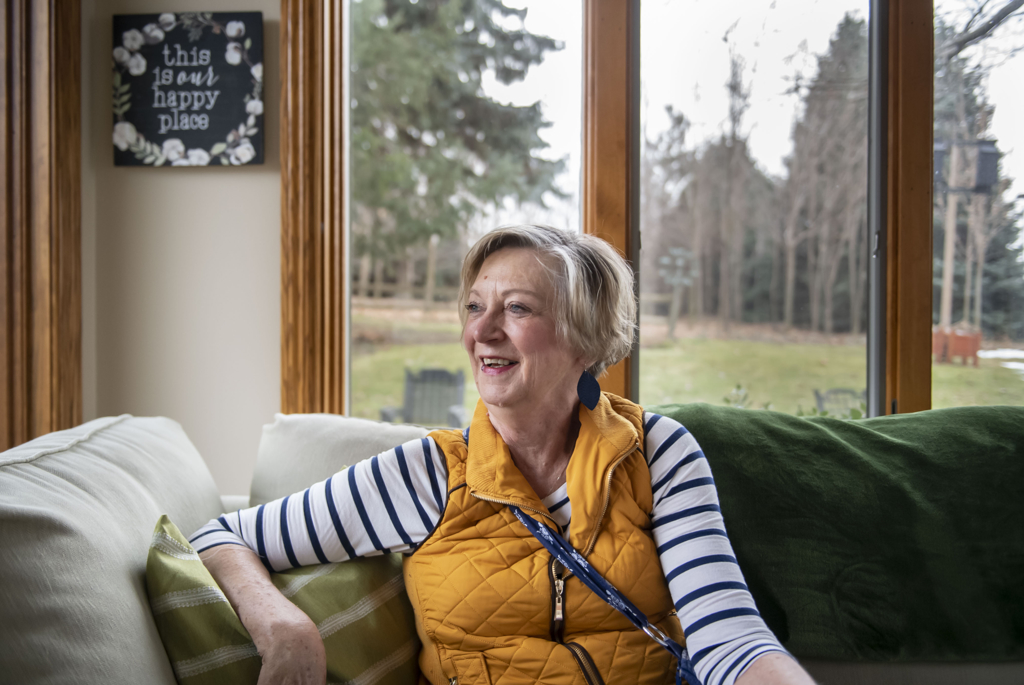
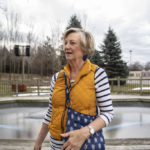
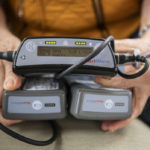
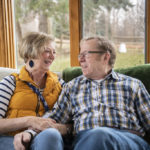

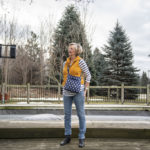
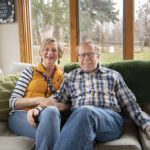


 /a>
/a>
 /a>
/a>
 /a>
/a>
Thank you for writing this story. I’ve known Sherry a long time but haven’t talked to her for quite a while. I knew she had the LVAD and was doing pretty well but this explains it so well. Thank God and her medical team and Richard. Audrey VanderLugt
Amazing saga of devotion, love and current health care progress! Used to work with Dick back in the day at BWH! 👍😊🙋🏻
I am a cousin to Sherrie, And I also have a defibulator. My heart caused me to go off the road when I was driving home for lunch in July 2019. Someone stopped and saved my life by performing CPR. I was taken to the hospital and was in a comma for two weeks.
I had a defibulator placed.